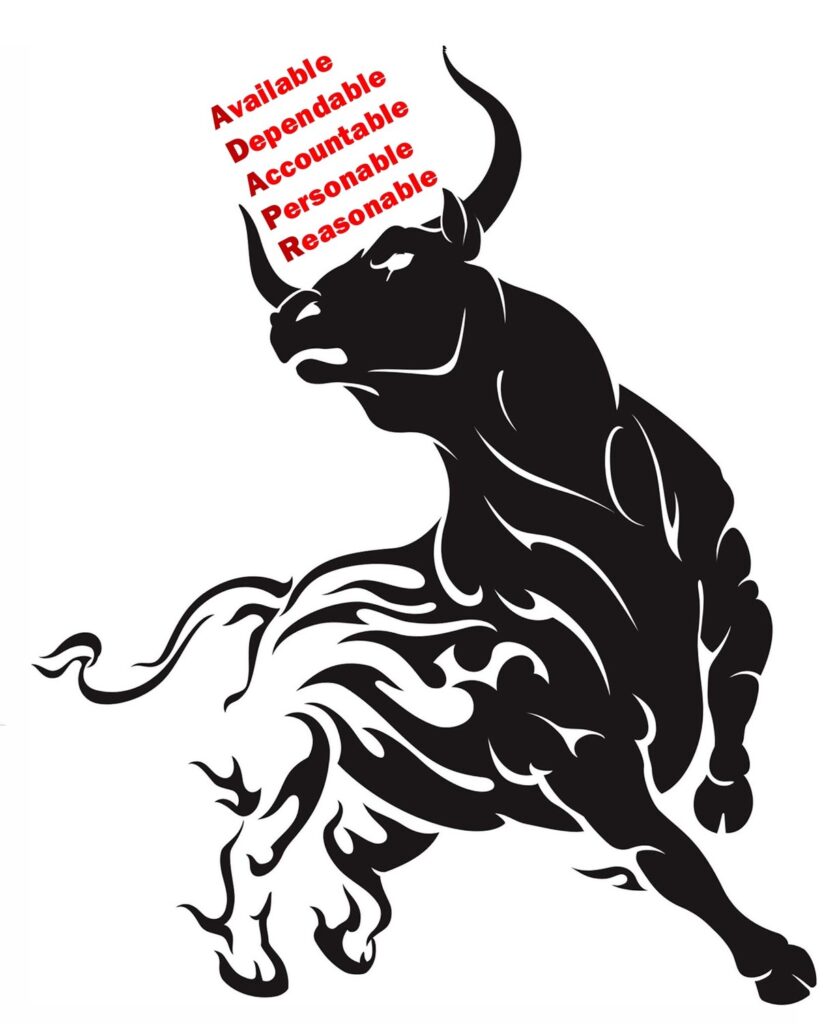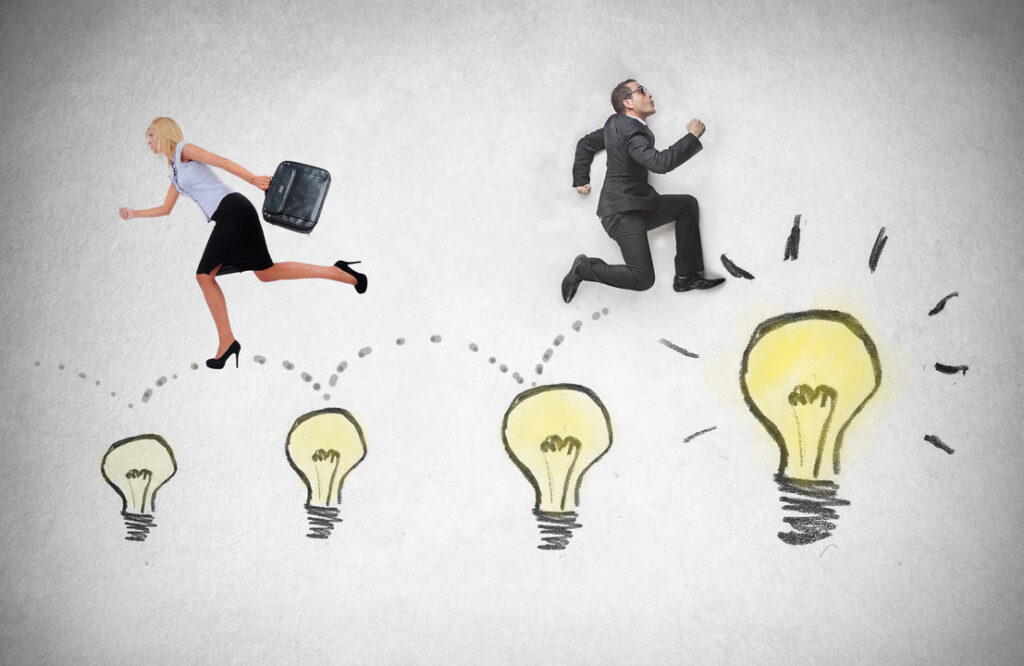Don’t Believe Everything You Think!
Sometimes, the messages we are quick to delete do hold worthwhile opportunities A surprise invitation landed in my inbox about a year ago. It was from #The Edu 2.0 Conferences asking me to apply for an award for Recognition of Contributions to the Field of Education and Learning. This caught my attention because one of my core values is lifelong learning. It would feel rewarding to be recognized for that, I mused. If selected, I’d fly to Las Vegas in Spring 2025 to receive the award and speak on two panels. My finger hovered over the ‘delete’ button. Had I made meaningful contributions to the field of education and learning during my 13-year professional coaching career? Pausing is Emotional Regulation I took some time to reflect and review my files instead of pressing delete to move on to manage my emails. Contrary to what I first believed, here’s what I found: I’ve coached university professors, provosts, deans, teachers, and department heads. I’ve worked with school administrators and development teams. I’ve facilitated leadership workshops for education professionals. My impact has often come one educator or one team at a time—and that matters. Their students and institutions benefit when my clients return to their schools with more clarity, purpose, and confidence. That ripple effect is real. So, I said yes. I applied for the award, and I won. I anticipated that I’d have a new and valuable experience, but what I didn’t expect was how the experience would invigorate and sharpen the rebranding journey. The Rebranding Connection Unlike our electronic devices, we don’t get a blinking update notification when it’s time to stretch, develop, and reboot. But rebranding works the same way—it refreshes our goals, integrates new learning, sharpens our messaging, and sets us up for what’s next. Two questions kept popping up as I prepared for the panels. Carol Kauffman PhD, and David Noble, in their book #Real-Time Leadership ask: Who do you want to be? What does a win look like? These are grounding and powerful questions. They remind us that by activating intention, we can have some say in how we meet the moment and can curate the impact we want to have on others. When we connect with our values and to what matters most now, we do not sacrifice authenticity. As I prepped for Vegas—with a fresh mindset, a new headshot and logo, and a new website on the horizon—I felt dressed and ready. Not just for the conference, but for whatever would come next. The decision to fill out an application for the award turned into something bigger: a sense of breaking free. There is real freedom in deciding how I want to show up and in reimagining what’s next. The freedom to shift perspectives and let go of what has been outgrown or no longer relevant opens new space and energy to innovate. When we allow ourselves to look objectively at who we are now, things don’t just look different, the way we move in the world feels different. Rebranding is a visual way to communicate those changes so the people you can help can find you. A Few Takeaways for Small Business Owners We small business owners have our identities closely tied to the services or products we provide. Refreshing your brand is a chance to check in on how your business has developed while you’ve been busy doing your job. How have you evolved professionally? What might you be overlooking? Where do you want to go next as a business owner and professional? What does a win look like? I’ve learned in a very enjoyable way, that valuable opportunities don’t have to arrive as obvious big breaks—they can start as small questions or unexpected invitations worth a second glance. When you shift your mindset, you open the door to possibilities. This kind of uncertainty and risk can actually be fun. What unexpected opportunities or invitations might be worth a closer look? Is it time to update and reboot your professional presence? Next month@bruce will be about the official launch. About This Series Whether you’re leading a team, growing as an individual contributor or business owner, or reimagining your brand, real change starts from within. A successful rebranding requires review, reconsideration, and updating of key business visual assets like a new logo, a fresh website, and an updated headshot. Rebranding requires invisible, inside work too, to meet the moment. As I navigate the rebranding of my small business, I’m sharing lessons learned along the way, not just about design and messaging, but about the deeper shifts that change demands. Lessons Learned Tip #1: Practice what you Preach: You do not have to do hard things alone unless you choose to. Tip #2: The Crucible of Change: Pace your change, move forward with integrity, and trust the process. Tip #3: Don’t Believe Everything You Think: Notice when an unlikely opportunity triggers curiosity – it may be your invitation to the next phase of your unique, professional evolution.










